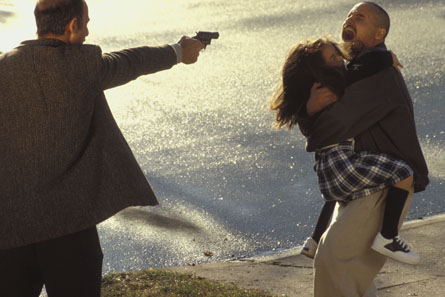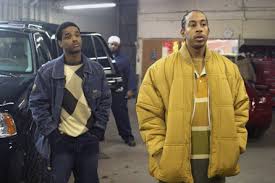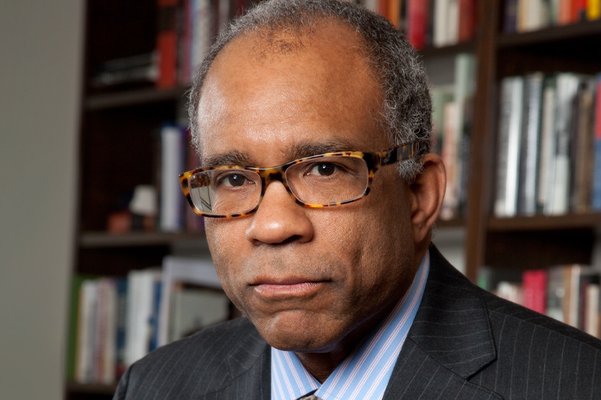Introducing the Film
Divide the class into groups of four students and give them the following list of prompts. Instruct students to share answers in open dialogue with one another. After the allotted group time ends, have students in each group select an answer for each prompt that is most illustrative and share it with the class as a whole. In classes in which group work is problematic, the prompts may be addressed in writing.
Other than in the media, where have you seen racism? Consider experiences in your school or among people you know in your family or community. Describe a representative example.
Which groups of people, not necessarily which races, do you feel are most affected by bigoted comments or actions in the current culture? Describe a representative example.
Where did you or someone you know learn to disdain or otherwise be repulsed by character traits of any cultural group? Give an example.
Briefly narrate a time in which you held onto a bigoted notion and then released it because of some mind opening experience, whether in your life, in film, through literature or another learning opportunity.
After the group work and report is completed, read, project onto the whiteboard or distribute the following poem to the class. Tell the students to pay attention to incidents or episodes in the film that may be as impactful to the individuals experiencing them as this one in Cullen’s poem is to the eight-year-old child.
Incident
By Countee Cullen
Once riding in old Baltimore,
Heart-filled, head-filled with glee;
I saw a Baltimorean
Keep looking straight at me.
Now I was eight and very small,
And he was no whit bigger,
And so I smiled, but he poked out
His tongue, and called me, “Nigger.”
I saw the whole of Baltimore
From May until December;
Of all the things that happened there
That’s all that I remember.
Remind students of the old saying, “Sticks and stones can break my bones, but words will never hurt me.” Engage in student discussion of the old saying in terms of what the eight year old boy in Baltimore experienced. Ask for sharing of similar experiences from students.
Finally, introduce the students to the concept of Double Consciousness which occurs when there is a marked difference between the way a person views himself and the way he is viewed by the larger society. As formulated by W.E.B. DuBois in his 1908 book, The Souls of Black Folk. DuBois writes:
It is a peculiar sensation, this double-consciousness, this sense of always looking at one’s self through the eyes of others, of measuring one’s soul by the tape of a world that looks on in amused contempt and pity. One ever feels his two-ness,—an American, a Negro; two souls, two thoughts, two unreconciled strivings; two warring ideals in one dark body, whose dogged strength alone keeps it from being torn asunder.
Students will better understand the concept of Double Consciousness through examples that apply to them directly. Teenage girls may see themselves as good students who are shopping for mascara, whereas clerks at the high-end makeup counter see the girls as probable shoplifters. Black students at elite colleges may see themselves as scholars, while some on the campus will see them as having been enrolled because of Affirmative Action and therefore less qualified than others. An unwed mother abandoned by the father of her child may see herself as a parent striving to provide a good home for her child, while another person may see her as an irresponsible and loose woman who is mooching off the welfare system. An immigrant working off the books may be striving to be an honorable father helping his family survive, while citizens may see him as an alien unwanted presence and a potential drain on the welfare system. It doesn’t matter whether any set of perceptions are true or whether there is truth in both. Once an individual understands that other people perceive him in a way that is different from his self-perception, double consciousness can ensue.
Teachers may evoke examples from individual students to further illustrate the concept of Double Consciousness. In each example, it is important to note that the way others see an individual is brought into his or her own way of seeing the self.
Then show the movie.









